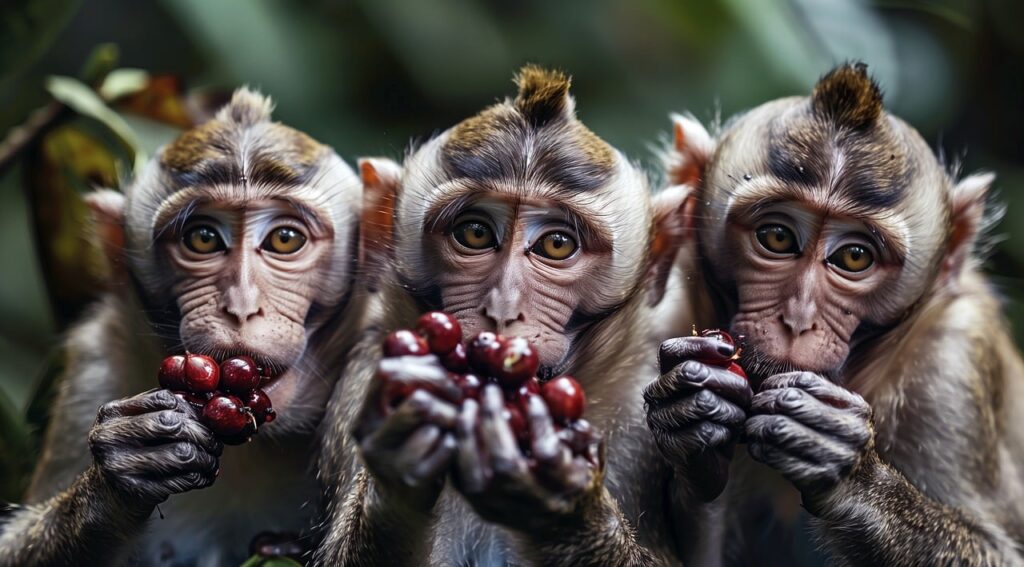The Rise of susbluezilla
No one saw susbluezilla coming. One minute it was a loweffort meme tossed online. The next, it morphed into a surprisingly sticky cultural tag. Blending ironic humor with a dose of internet randomness, susbluezilla hit that sweet spot where weird meets relatable.
It launched on social platforms—no marketing campaign, no celebrity push—and grew organically. People shared it, twisted it, remixed it across TikTok, Twitter, Reddit, and Discord. Suddenly it became more than a word—it was a voice. A chaotic, pixelated voice people couldn’t stop imitating.
Meme Anatomy: Why It Works
Digital culture thrives on absurdity. But not every absurd idea wins. Here’s why susbluezilla broke through:
Short and catchy: The word feels like it came from a fever dream. Layered meanings: It’s got “sus” (suspicious), “blue” (melancholy? injured? undefined), and “zilla” (chaotic monster energy). Limitless remix potential: People love to slap it on images, memes, or use it as a reaction.
It rides that line between weird and clever. That fine balance is what gives it traction in a feed full of noise.
The Digital Tribe Factor
Every great meme builds a microcommunity. susbluezilla became a badge of insider status. People in the know used it like a secret handshake. If you laughed, you were “one of us.” If you didn’t get it—well, time to catch up.
That’s the internet’s tribal effect in motion. Shared words and jokes become minicultures. It’s not just about being funny—it’s about belonging.
Platforms That Made It Go Boom
Certain platforms amplified susbluezilla’s trajectory more than others:
TikTok: Shortform video gave people ways to animate the weirdness. Twitter: Quick reactions and meme chains accelerated its spread. Discord: Niche communities developed specific interpretations and spinoffs.
These platforms feed on fast engagement. And susbluezilla delivered—punchy, confusing, and always ready to mutate.
Creator Capital: Turning Weird into Value
Internet creatives saw a goldmine. Small merch drops, reaction gifs, and even shortform animations monetized the chaos. This shows how much power obscure memes hold today. You don’t need Fortune 500 backing—you need timing, absurdity, and a hyperonline audience.
Some creators even leaned into the susbluezilla energy for brand building. It’s now part of a visual lexicon: chaotic, oddly emotional, and unapologetically random.
Risk of Oversaturation
Any memerun faces burnout. The more it’s used, the faster it risks losing punch. Right now, we’re at peak susbluezilla—memes, shirts, TikTok filters. But can it last?
Memes that survive evolve. If susbluezilla can stay flexible—grow new arms, spawn spinoffs—it might live longer. Otherwise, it risks becoming another relic in meme cemetery, buried next to Harambe and “Damn Daniel.”
Cultural Reflections
This isn’t just about laughs and likes. susbluezilla reflects digital behavior:
We crave shared absurdity as stress relief. We build identity in internet subcultures. We remix constantly—we can’t help ourselves.
It’s not philosophy, but it says something. The memes we make show what we’re reacting to, what we find funny, and where our attention churns.
susbluezilla and the New Language Frontier
Memes like susbluezilla push the way we use language. They’re abstract but functional. They express moods, punchlines, sarcasm—without saying anything directly.
Using susbluezilla might mean:
“That’s suspicious and chaotic.” “This is hilarious.” “Everything’s gone off the rails and I’m OK with it.”
It’s a digital slang that only works within context. But once you know, you know. And that’s what makes it stick.
Final Byte
susbluezilla is a case study in meme evolution. From internet joke to cultural code—it shows how fast and bizarre digital language moves. Whether it sticks around or fades, it’s already done what most content campaigns dream of: become unforgettable for reasons no one fully understands.
And in this era of infinite scrolls, that’s no small feat.
